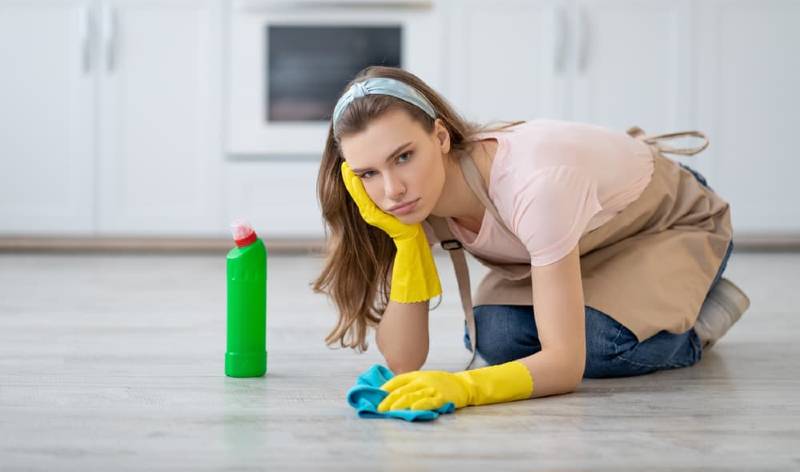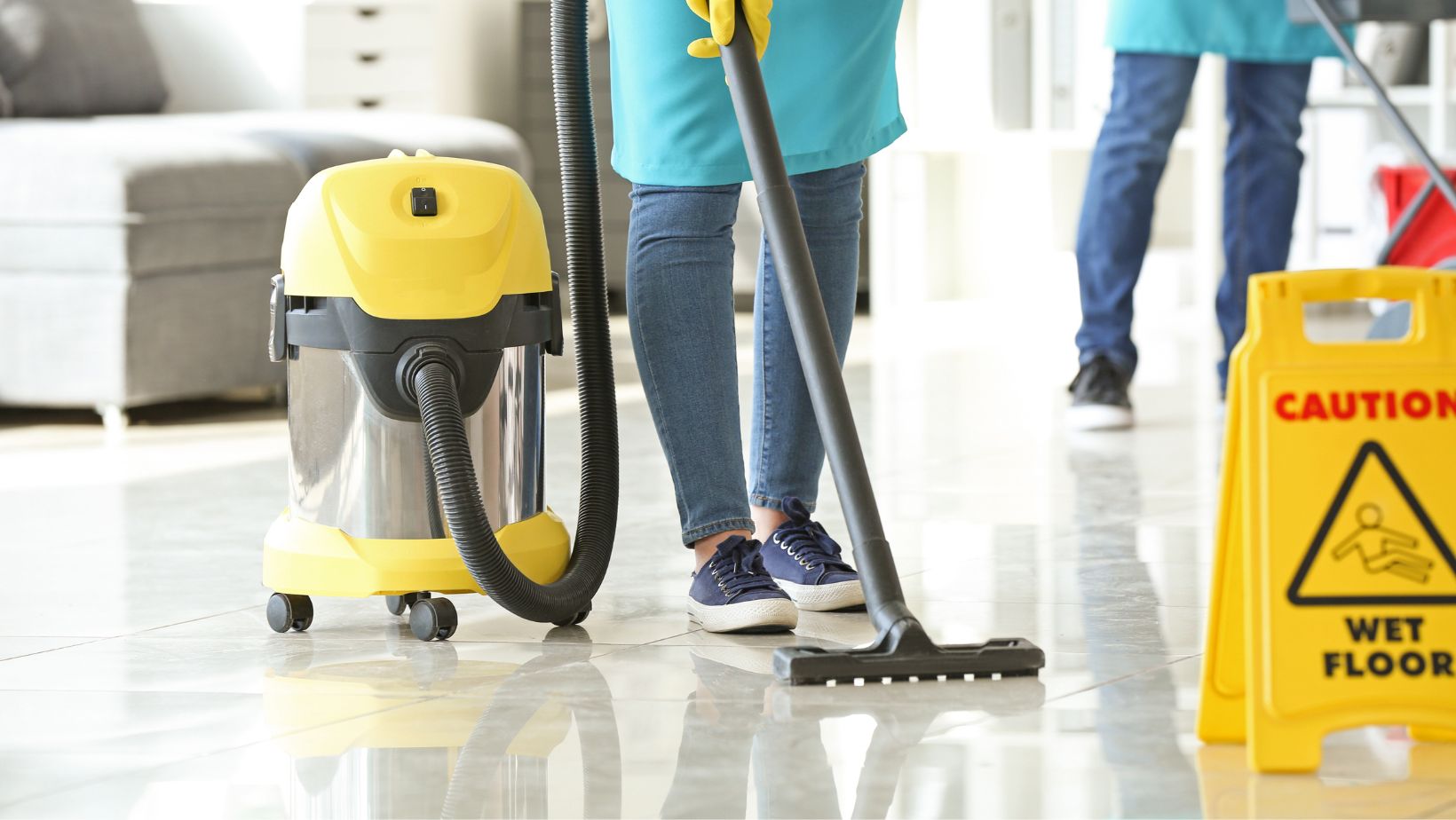Master Everyday Cleaning Techniques: Just How to Appropriately Scrub the Surfaces and Maintain a Clutter-Free Home
Master Everyday Cleaning Techniques: Just How to Appropriately Scrub the Surfaces and Maintain a Clutter-Free Home
Blog Article
Understanding the Requirement for Completely Disinfecting and Sterilizing Frequently Touched Surfaces in High-Traffic Locations
In the realm of public health and wellness and safety, the precise disinfection and sanitization of regularly touched surfaces in high-traffic areas stand as extremely important measures in preventing the spread of dangerous pathogens. The importance of this technique extends much past mere tidiness, diving right into the realm of condition avoidance and community well-being. By checking out the various aspects of surface area sanitation, from the threats related to neglecting cleaning protocols to the efficient techniques that can be employed, a clearer understanding emerges of the important function these techniques play in protecting public wellness. As we browse this conversation, it comes to be evident that the ramifications of thorough surface disinfection reverberate not only within the boundaries of a certain setting yet additionally resonate on a broader range, influencing the wellness and safety and security of individuals throughout varied public setups.
Importance of Surface Sanitation
Highlighting the extensive disinfection of high-traffic surface areas is critical in preserving a hygienic atmosphere and avoiding the spread of harmful pathogens. High-touch surfaces such as door takes care of, light switches, lift switches, and countertops act as breeding premises for viruses and microorganisms. Regular sanitation of these surfaces is crucial to decrease the threat of contamination and transmission of diseases.
By applying a durable sanitation protocol, establishments and companies can create a safer setting for consumers, employees, and visitors. Proper surface area sanitation not only alleviates the spread of transmittable diseases however additionally instills confidence in the tidiness and safety and security of the premises. This proactive technique demonstrates a dedication to wellness and wellness, which is particularly essential in high-traffic locations where the probability of direct exposure to virus is heightened.
Furthermore, surface sanitation plays an essential function in general infection control methods. Combined with hand hygiene practices, wearing masks, and maintaining physical distancing, extensive sanitation of high-touch surfaces forms an extensive defense against the transmission of hazardous bacteria. Prioritizing surface disinfection is a vital component of an alternative method to health and wellness in shared areas.
Threats of Disregarding Cleansing Practices
Ignoring complete disinfection of high-traffic surfaces significantly enhances the threat of viral and microbial contamination, posturing a serious hazard to the wellness and security of individuals frequenting these rooms. Failing to implement appropriate cleaning techniques can cause the buildup and spread of hazardous microorganisms, including microorganisms and viruses, on frequently touched surfaces such as doorknobs, hand rails, elevator switches, and kitchen counters.

Additionally, disregarding the relevance of complete cleansing not only compromises the health of individuals yet also undermines initiatives to maintain a tidy and hygienic setting. It is critical to identify the importance of proper sanitation procedures in preventing the spread of infections and securing public health.
Effective Sanitation Techniques
To keep optimal sanitation and reduce the danger of contamination on high-traffic surfaces, using efficient sanitation methods is necessary. One of one of the most efficient and common disinfection techniques is utilizing chemical disinfectants. These items can differ find in toughness and composition, with some targeting certain virus like viruses or microorganisms. It is essential to adhere to the supplier's directions for proper dilution, get in touch with time, and ventilation when utilizing chemical anti-bacterials to guarantee their effectiveness - Clear Out Any Clutter.
An additional efficient technique is using UV-C light. UV-C light has actually been revealed to be effective in eliminating a broad array of bacteria by disrupting their DNA framework, therefore avoiding them from duplicating. It is essential to use UV-C light properly, making certain that the proper strength and direct exposure time are used to attain the preferred disinfection results.
Additionally, employing vapor cleansing as a disinfection method can be very efficient, especially on surface areas that are heat-resistant. Heavy steam can pass through permeable surfaces and eliminate bacteria, viruses, and various other microorganisms successfully. When making use of vapor cleansing, it is very important to make certain that the surface area reaches the called for temperature level for an adequate quantity of time to guarantee correct disinfection.
Effect On Public Wellness
The maintenance of high criteria of sanitation and sanitation on high-traffic surfaces plays a vital function in guarding public health. Regularly touched surfaces in locations with high footfall, such as doorknobs, hand rails, elevator switches, and washroom centers, offer as reproducing premises for hazardous microorganisms.
In high-traffic locations like flight terminals, colleges, healthcare facilities, and public transport systems, the effect of strenuous disinfection measures can not be underrated. Focusing on the sanitization of frequently touched surface areas is a proactive method to promoting public health and improving the safety and security of people in shared spaces.
Applying Regular Cleansing Protocols
Promptly instituting and adhering to a constant routine of cleansing methods is extremely important for maintaining the sanitation and safety and security of high-traffic surface areas. Regular cleaning protocols are important in protecting against the accumulation of germs and microorganisms on regularly touched surface areas, specifically in locations with high foot traffic. By executing an organized technique to cleaning, companies can successfully lower the danger of condition transmission and develop a much healthier environment for workers, consumers, and the public.
To develop an efficient cleansing timetable, it is essential to determine high-traffic locations that need regular focus. These areas may include doorknobs, hand rails, elevator buttons, bathroom centers, and common equipment. Executing a regular cleansing routine that targets these surfaces multiple times why not find out more a day can substantially lower the spread of hazardous germs and infections.
Additionally, making use of appropriate cleaner and disinfectants is vital to ensuring that surfaces are thoroughly disinfected. Normal training of cleansing team on correct cleaning strategies and the relevance of adherence to the cleansing timetable is additionally essential in keeping a hygienic environment. By focusing on consistent cleaning methods, companies can advertise the wellness and health of people that engage with these high-traffic surface areas.

Conclusion
In final thought, it is important to prioritize comprehensive disinfection and sanitization of regularly touched surface areas in high-traffic locations to avoid the spread of hazardous virus and keep public health and wellness. It is crucial to acknowledge the importance of keeping tidy surfaces in high-traffic locations to make sure the health of the community.
In the world of public health and wellness and security, the thorough sanitation and sanitization of regularly touched surfaces in high-traffic areas stand as vital measures in protecting against the spread of dangerous microorganisms. By discovering the various facets of surface area disinfection, from the threats connected with disregarding cleaning procedures to the effective approaches that can be employed, a more clear understanding arises of the important function these practices play in guarding public health.In addition, employing heavy steam cleansing as a sanitation method can be very efficient, especially on surfaces that explanation are heat-resistant. When making use of heavy steam cleansing, it is important to make sure that the surface area reaches the needed temperature level for a sufficient amount of time to ensure proper disinfection.
In final thought, it is crucial to focus on complete sanitation and sanitization of frequently touched surfaces in high-traffic areas to avoid the spread of harmful virus and keep public health.
Report this page